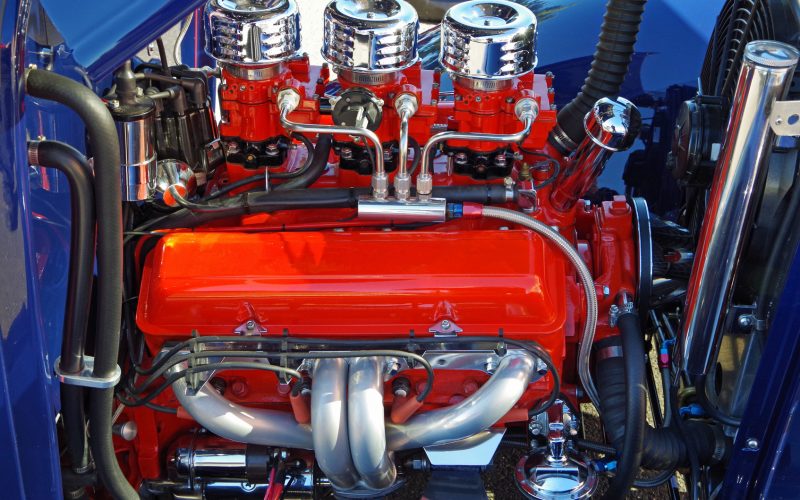Muscle Cars: The History Behind Your Dream Vehicle
Muscle cars are the definition of vehicular retro-cool.
As the name implies, they’re all about raw power. They also have a fascinating history, beginning with prohibition and leading up to today.
It’s a history that involves rum runners and regulators, manufacturers and NASCAR managers. Behind all of it is that great American desire — the demand for more speed, more power, and more excitement.
It’s a history of bold ambition and constant improvement. And here it is, in its entirety.
Rum Runners And The First Muscle Cars
Before there were microbreweries, there were moonshine and rum runners.
Their job was getting booze to a thirsty population. Their problem was a nation that wanted desperately to avoid that.
Prohibition was at its height, and if you wanted to sell your homemade poison successfully you either needed money for bribes or a fast car.
And along with speed, your car needed power. A rum runner had hundreds of pounds of moonshine and bathtub gin in their car.
The commercial engines of the 1920s just wouldn’t cut it.
Luckily, the same ingenuity that would lead people to make their own liquor could also be applied to cars.
And so, rum runners added springs and shocks to their vehicles and created the first muscle cars while engaging in some early DIY auto work.
The First Official Power Car
With prohibition decades past in the 1950s, there was less demand from criminals for ultra-powered cars.
But there was a hunger. Whether it was on the racing circuit or the automobile hobbyist, people wanted fast and strong cars.
Enter the Oldsmobile Rocket 88. Its strength was its combination of a body designed for a six cylinder engine with its placement of a new V8 engine under the hood.
If you were a racer in California, you would visit every auto broker Los Angeles had to get your hands on an 88.
That’s because they quickly became the preferred vehicle of NASCAR.
They also inspired a wave of competition. Throughout the 1950s and 1960s, new cars were built for the speed-oriented auto customer.
Peak
The muscle car peaked in popularity during the 1950 and 1960s.
Even a 1957 ban on manufacturer sponsored racing by the Automobile Manufacturers Association couldn’t stop the industry’s momentum.
In the 1960s, America got some of its most famous muscle cars.
The Ford Mustang, the Tempest GTO, and the Firebird all premiered. Each faster than the last, these showed that the unquenching thirst for speed was here to stay in the United States.
Unfortunately, it was not meant to last.
Decline
In the 1970s, a few factors lead to the death of the fast-and-powerful automobile industry.
The first was emission limits and laws requiring cars to run on low lead fuel.
While this was the responsible decision, it also wasn’t a good one for an industry that, until then, put power before the pump.
This would have been survivable if not for the 1973 OPEC crisis. With an oil embargo in place, people traded their Firebirds for Volkswagens.
Today
While muscle cars may be a thing of the past, the thoughts that lead to them continue to this day.
This is mainly true in the desire for customization.
Even as factories make it harder for customers to work on their vehicles, people seek ways to use alternative fuel sources and repair their own vehicles.
The muscle car may be dead, but innovation lives on.
Interested in more automotive facts and history? Check out our blog!


